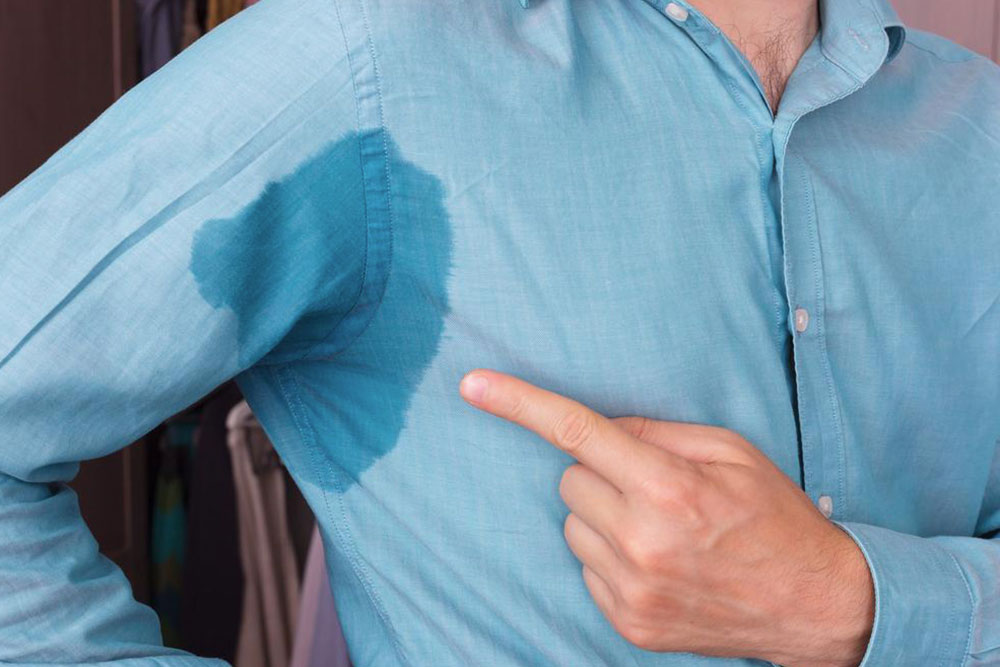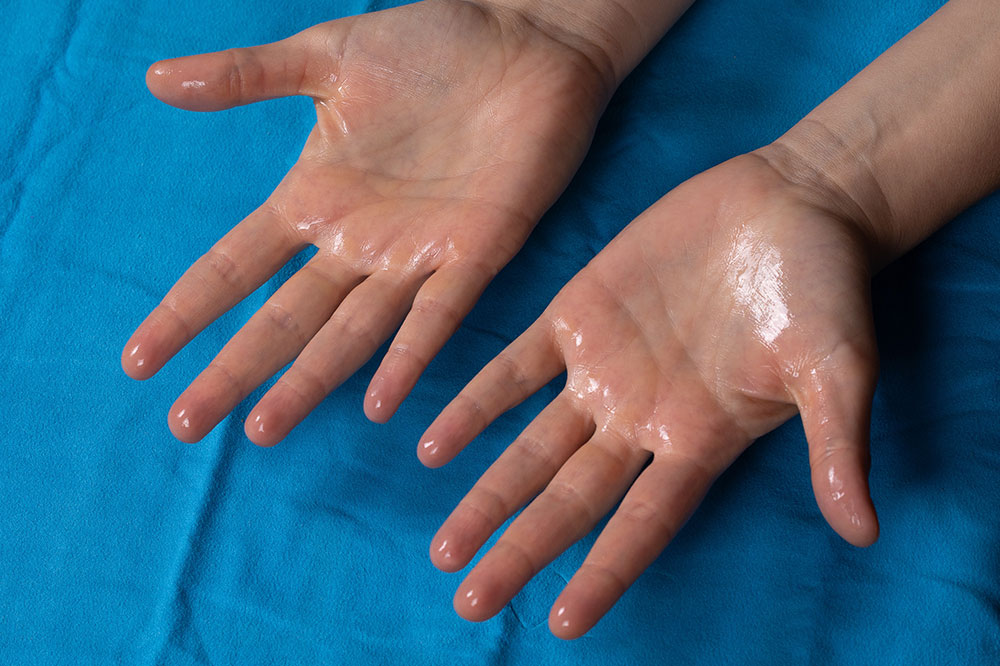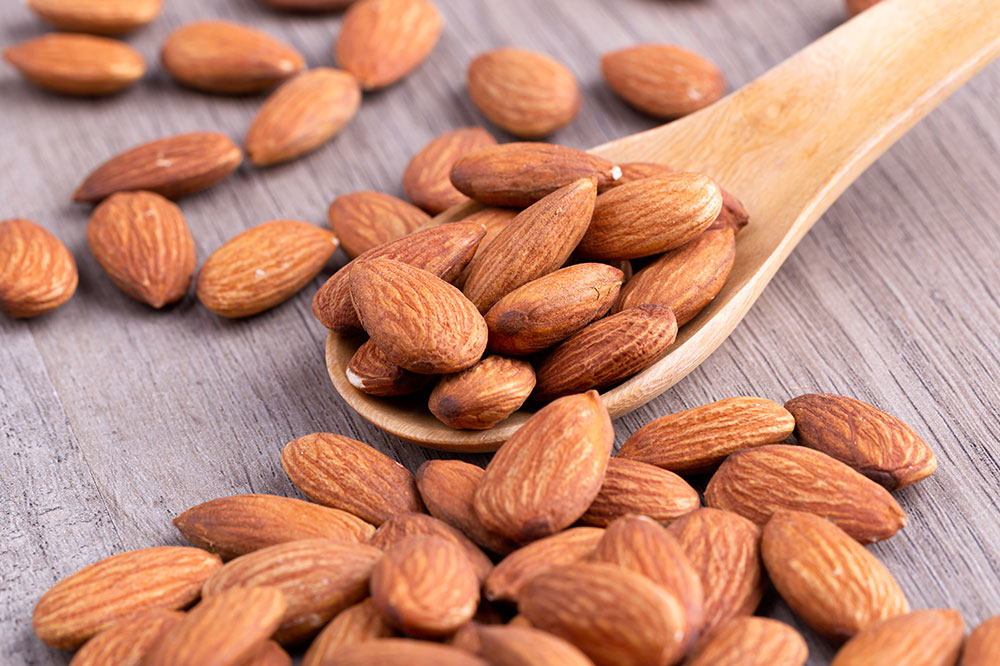Comprehensive Guide to Managing Excessive Sweating and Hyperhidrosis
This comprehensive guide explores effective strategies and treatments for managing excessive sweating and hyperhidrosis. From lifestyle changes and topical solutions to advanced medical procedures, learn how to control symptoms and enhance your confidence. Expert advice on medication, stress reduction, and surgical options provides a holistic approach to tackling this condition. Find out which treatments suit your needs and improve your quality of life with professional guidance. Perfect for those seeking long-term relief from hyperhidrosis symptoms.

Comprehensive Strategies for Managing Excessive Sweating and Hyperhidrosis
Excessive sweating, medically known as hyperhidrosis, is a condition characterized by the body's uncontrollable production of sweat beyond what is necessary for normal temperature regulation. Many individuals experiencing persistent sweating without apparent cause may suffer from this condition, which can significantly impact daily life, confidence, and social interactions. Understanding hyperhidrosis, its causes, and effective management options is crucial for those affected. This article provides an in-depth overview of various strategies and treatments available to control excessive sweating and improve quality of life.
Understanding Hyperhidrosis
Hyperhidrosis affects millions worldwide, regardless of age or gender. It occurs when nerves responsible for activating sweat glands malfunction, often without an obvious trigger like heat or physical activity. The condition can be localized, affecting specific areas such as hands, feet, underarms, or face, or generalized, involving multiple body parts. The exact cause remains unknown for many cases, though genetic factors and stress can contribute to its development.
Effective Strategies for Managing Excessive Sweating
Managing hyperhidrosis involves a combination of lifestyle adjustments, medical treatments, and procedural interventions. Here, we explore the most effective methods to help control symptoms and regain confidence.
1. Use of Antiperspirants
One of the simplest and most accessible options for mild hyperhidrosis is the regular application of antiperspirants. These products contain aluminum compounds—typically aluminum chloride—that work by blocking sweat ducts, thereby reducing the amount of sweat that reaches the skin's surface. For best results, antiperspirants should be applied on clean, dry skin before bedtime, allowing sufficient time to be absorbed and effective. Reapplication during the day can help maintain dryness, especially before significant social or work events.
2. Stress Management and Relaxation Techniques
Stress and anxiety are common triggers exacerbating sweating episodes. Incorporating stress reduction techniques such as mindfulness meditation, deep breathing exercises, progressive muscle relaxation, and yoga can help mitigate emotional sweating. Regular practice of these methods promotes a calmer nervous system response, thereby reducing the overproduction of sweat during stressful situations. Engaging in physical activity also releases endorphins, which contribute to mood stabilization and reduced anxiety.
3. Prescription Medications and Systemic Treatments
When topical remedies are insufficient, healthcare providers may prescribe oral medications designed to inhibit sweat gland activity. Anticholinergic drugs, such as glycopyrrolate or oxybutynin, work by blocking the nerves responsible for stimulating sweat glands. While effective, these medications can cause side effects like dry mouth, blurred vision, urinary retention, or constipation, necessitating careful medical supervision. For severe cases, these systemic options can significantly improve quality of life but require a clear discussion of risks and benefits with a healthcare professional.
4. Topical Dried Sweat Blockers
In addition to over-the-counter antiperspirants, stronger topical treatments containing high concentrations of aluminum chloride can be prescribed. These preparations, often applied at night, create a temporary barrier to sweat production. Patients should be cautious, as such products can sometimes cause skin irritation, redness, or allergic reactions. Testing on small skin areas before widespread use is recommended.
5. Surgical and Minimally Invasive Procedures
For individuals with severe hyperhidrosis unresponsive to conservative measures, surgical options may provide relief. The most common procedure is endoscopic thoracic sympathectomy (ETS), which involves cutting or clamping specific sympathetic nerves responsible for stimulating sweat glands in targeted areas like the palms, face, or underarms. While often highly effective, this surgical intervention can have side effects such as compensatory sweating elsewhere on the body. Alternatively, localized removal of sweat glands through liposuction or laser technologies may offer symptom relief with fewer risks.
6. Emerging Treatments and Future Directions
The field of hyperhidrosis management continues to evolve with new options emerging. Innovative therapies such as botulinum toxin injections (Botox) are approved for treating underarm hyperhidrosis and have shown promising results in reducing sweating for several months. Researchers are exploring novel pharmacological agents and minimally invasive techniques, promising better efficacy and fewer side effects in the future. Patients should consult with specialists to explore personalized treatment plans tailored to their specific needs.
In conclusion, managing excessive sweating involves a comprehensive approach that combines lifestyle modifications, medical therapies, and procedural interventions. Early diagnosis and tailored treatment plans can significantly improve comfort, confidence, and overall quality of life for those affected by hyperhidrosis. If you experience persistent or severe sweating issues, consulting a healthcare professional or a dermatologist is highly recommended to determine the most appropriate treatment strategy.





